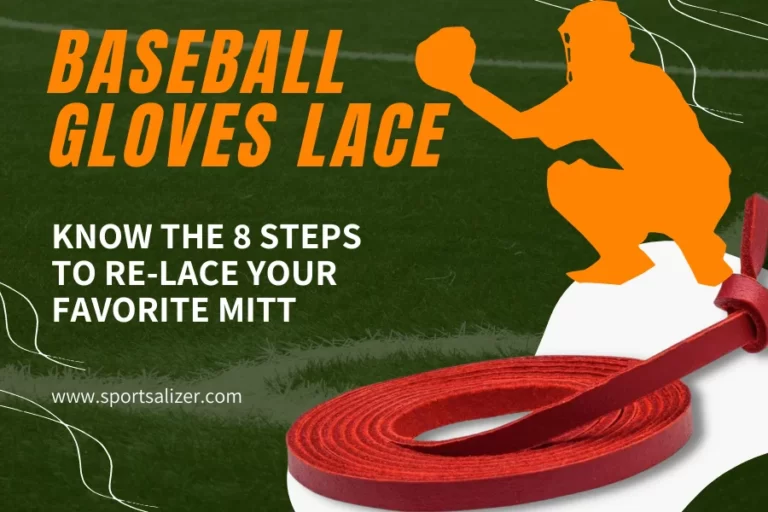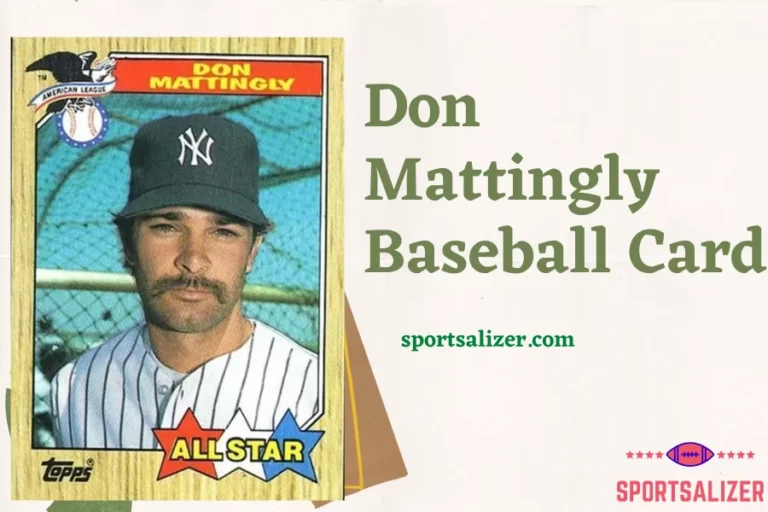How Many Stitches Are on a Baseball? [Answered]
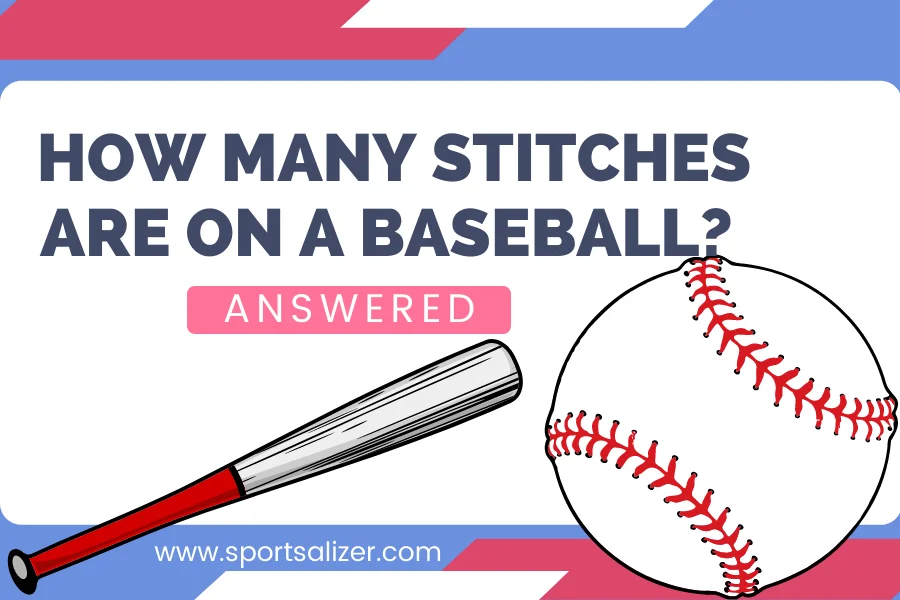
If you have ever played Baseball or had been an audience, has this question ever crossed your mind, How Many Stitches Are on a Baseball? If not, then maybe after reading the title “how many stitches are on a baseball,” you are interested to know about it.
So let us give you a detailed answer to this question. How many Stitches are on a Baseball? An official MLB or Major League Baseball is made up of 108 double stitches, with the first and last stitches concealed on the ball. That implies 216 stitches cover the ball’s seams in number. Two figure-8 patterns of cowhide covering material are sealed together before the ball is passed through a roller to level out the sutures.
Contents
A detailed insight to explain how many stitches are on a baseball?
Before we dive deep into the topic to explain “How many stitches are on a baseball?” let us give you a brief idea of the requirement of baseball stitches.
The need for the stitches
The presence of stitches on a baseball allows pitchers to hurl different pitches to batters. Clasping the ball differently on or across the baseball seams can alter their pitch pathway. The ball’s spin against the air can cause a pitch to tear or drop as it approaches a batter. Some pitches that pitchers can throw by gripping the ball differently include curveballs, sinkers, splitters, and sliders.
The significance of the red stitches
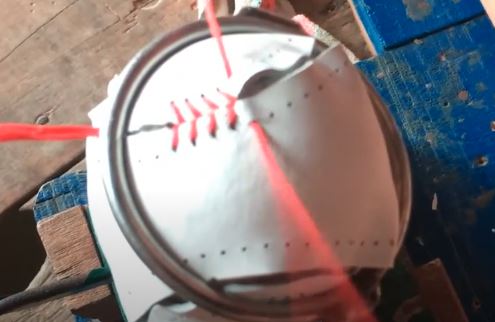
Have you ever wondered why the Baseball used during the MLB is red in color? There is a specific reason behind it. When a pitcher throws a ball as it rotates, the red stitches give the hitter the spin’s direction. This has the advantage of understanding in which direction the Baseball is spinning.
But it was not forever that the stitches were red. During the early 1900s, the MLB baseballs had black and red laces used during the national league. However, during the same time, in the American League, the baseballs that were used had red and green laces. Finally, in 1934, the baseballs had been consistently using red stitches. The reason behind using the color red in the stitches is that this color has the highest wavelength and thus can be seen very vividly from a distance.
Virgules
This is the name that is used for the stitches that are there on the major league baseballs. You would be stunned to learn that the baseballs used in various professional leagues, be it the Major league Baseball or the American League, are entirely hand-stitched.
The real question
Now to the main question, how many stitches are on a baseball? The answer is 216 stitches. Every stitch is double stitched, and the first and the last stitch is always hidden. Hand stitching requires 108 double stitches in total, for a total of 216 raised stitches. Experts can complete this process by hand in about 10 minutes.
Procedure to make the Baseball
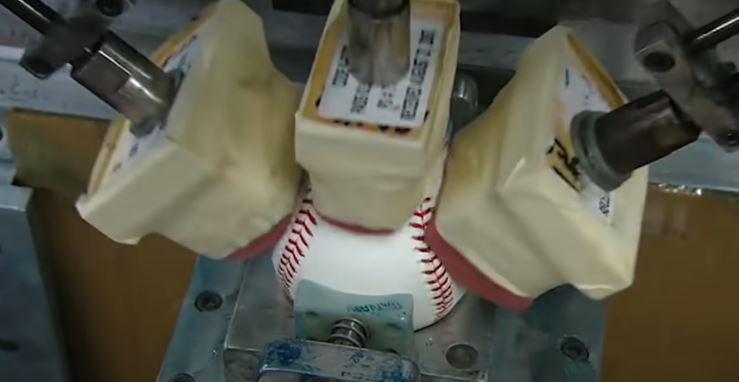
Making the Baseball all by hand requires intricate precision and accuracy. There are many steps involved that ultimately answer the question, “How many stitches are on a baseball?”
- Two hemispheric cups that are also made of rubber are joined to a rubberized cork, with red rubber gaskets filling the gaps between the shells.
- After that, a crimson layer is formed around the rubber hemispheres, creating the ‘pill’ core. It has been shaped into a perfect sphere. A light coating of cement is applied around the surface once the shape has been established. This is necessary to keep the wool yarn fixed to the pill before the cowhide is ‘wrapped on to the ball.’
- The wool yarn is coiled around the pill using sophisticated winding equipment to maintain the sphere’s high level of tension. High stress is used to eradicate soft patches and guarantee that the surface is uniform. The ball is weighed and measured as it is wound until it meets the official Major League Baseball size specifications.
- This is the step before the final processing of the ball. Three layers of wool yarn are wrapped tightly around the ball in this operation, totaling 200 yards of yarn.
- The final stage in the reeling process involves wrapping 150 yards of white finishing yarn around the wool yarn to preserve it and keep it in place. The surplus material is then trimmed down, and a thin layer of glue is applied to the cowhide covering.
Need for the 108 stitches
After learning how many stitches are on a baseball, you might wonder what the need is for the 108 stitches mentioned above. To make sure the ball’s material is maintained and every piece of the ball remains tightly bound, 88 inches of the red thread is needed. The yarn is double stitched to keep the cowhide’s material sealed together precisely.
Need for the stitches
We have already mentioned how many stitches are on a baseball, 216 raised stitches. But there is still a query, why do we need the stitches at all?
To keep the textile compact and tight, stitching is required. The colorful stitches help boost visibility, but they also help control the direction of a moving ball. Drag is created by the interplay of air and stitching, letting players manipulate the ball’s orientation and throw in precise ways, such as a curveball.
FAQs on How Many Stitches Are on a Baseball
What is the “baseball” made of?
There are three main pieces of a baseball: the core, the midsection with polycotton, and the outer. The first portion of a ball is the rubber core, with a cushioned cork core with a red rubber coating. The second component of the ball is the core, which is covered in two figure-8 patterns made of cowhide leather. Finally, there’s the ball’s exterior, which is the knitting process with the red stitches.
What should be the weight of Baseball according to MLB?
An MLB ball weighs between 5 and 5.25 ounces on average. The various weights are due to the different materials that make up the ball. A ball weighing 4 to 5 ounces is appropriate for minor leagues.







